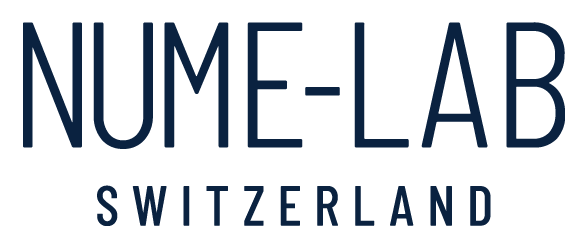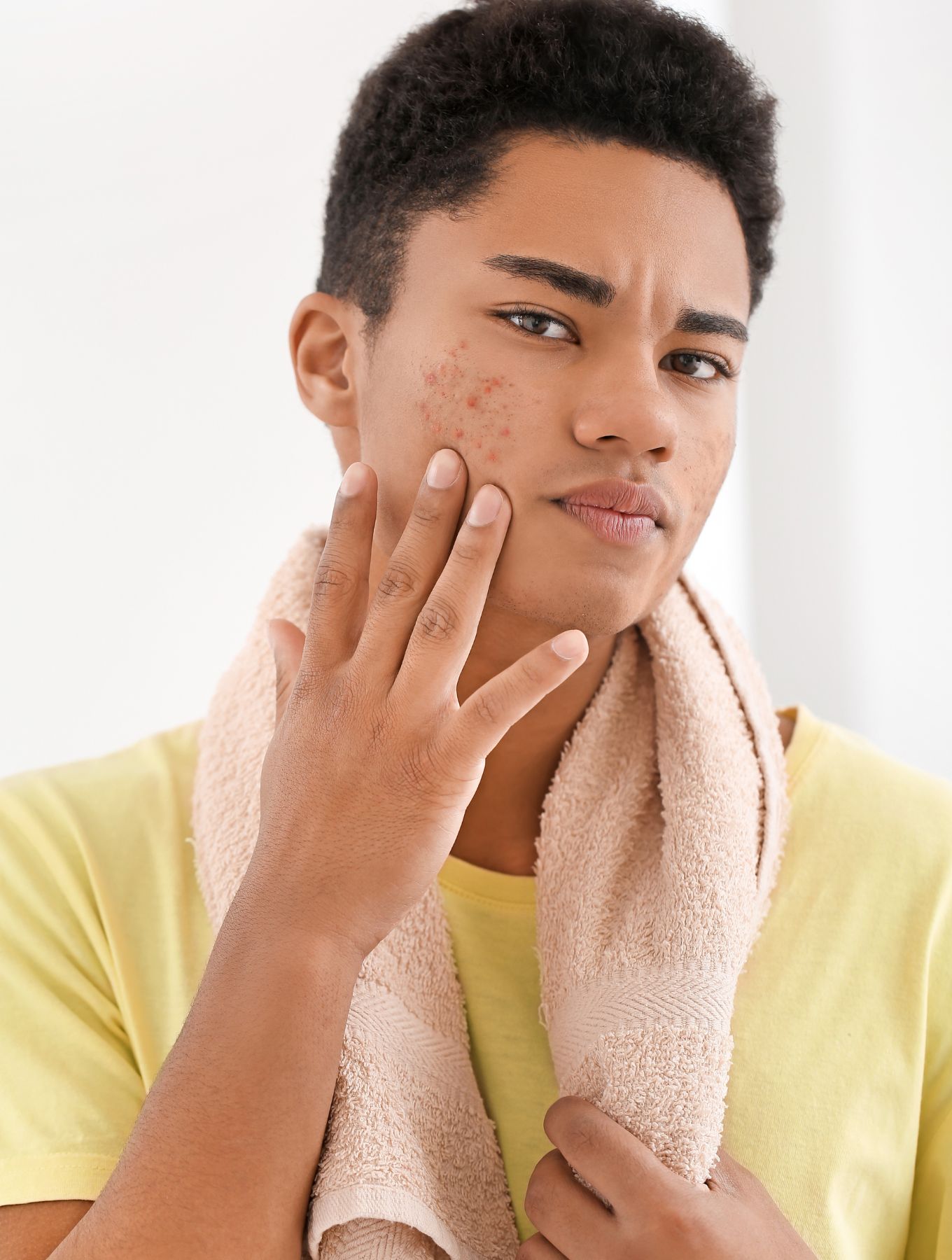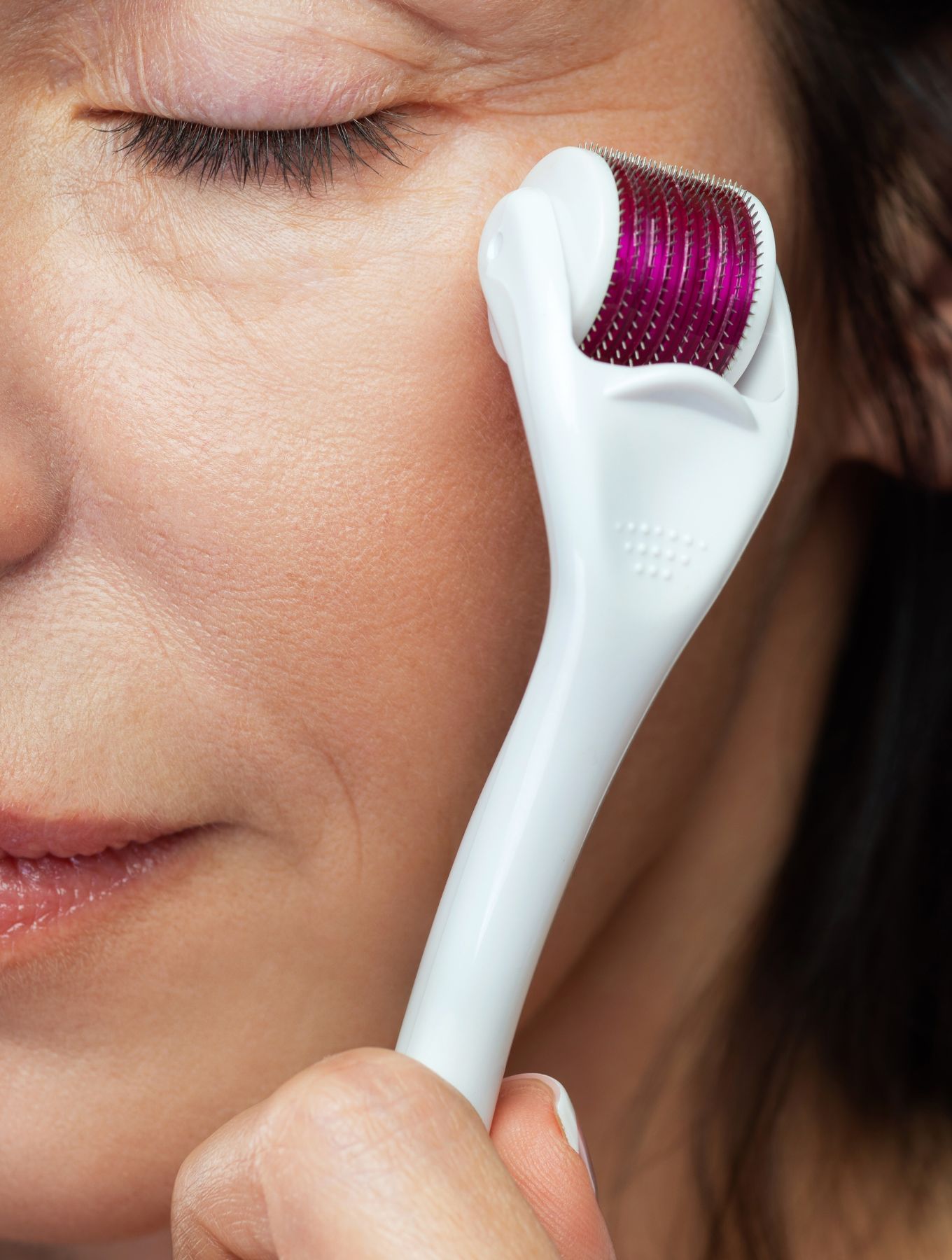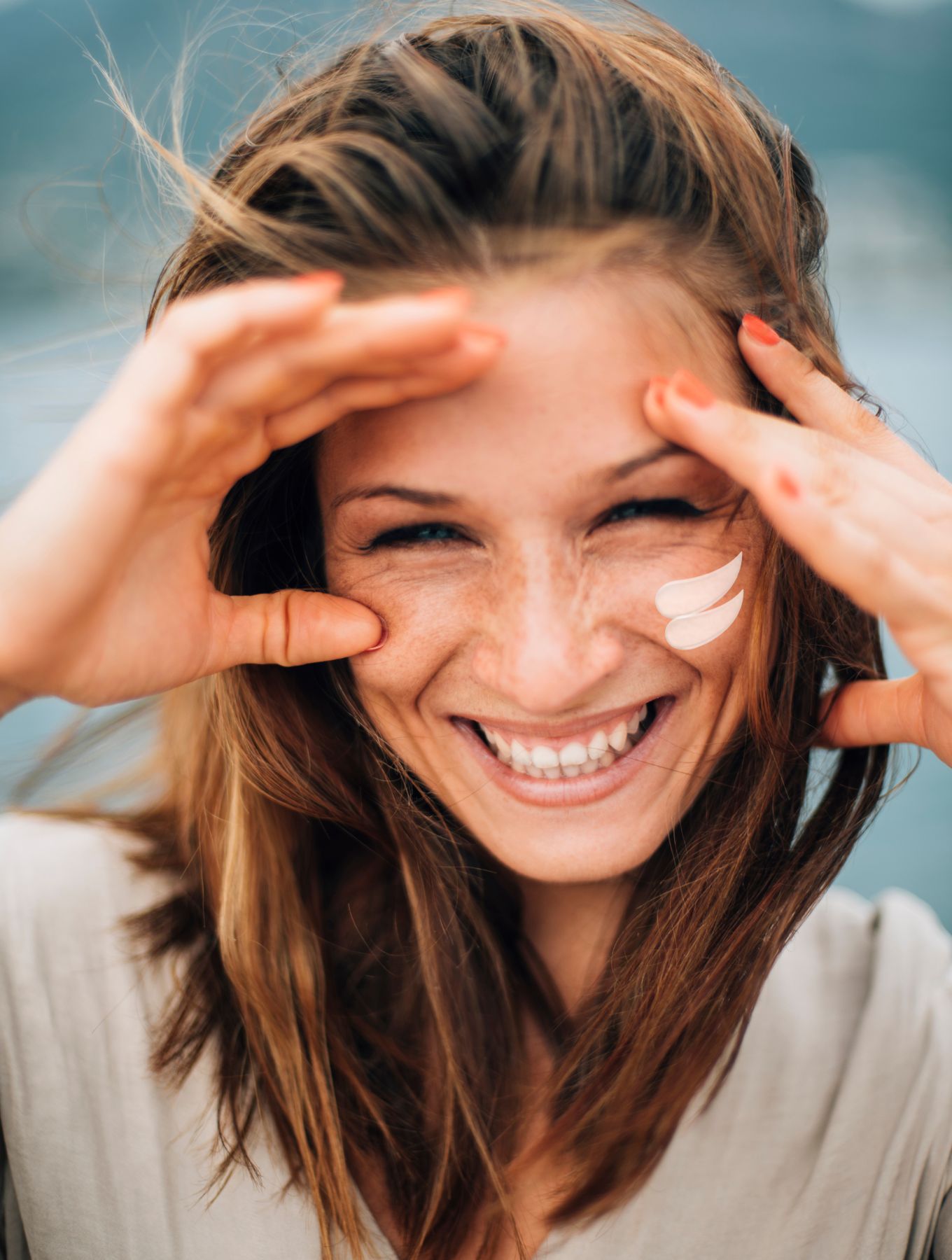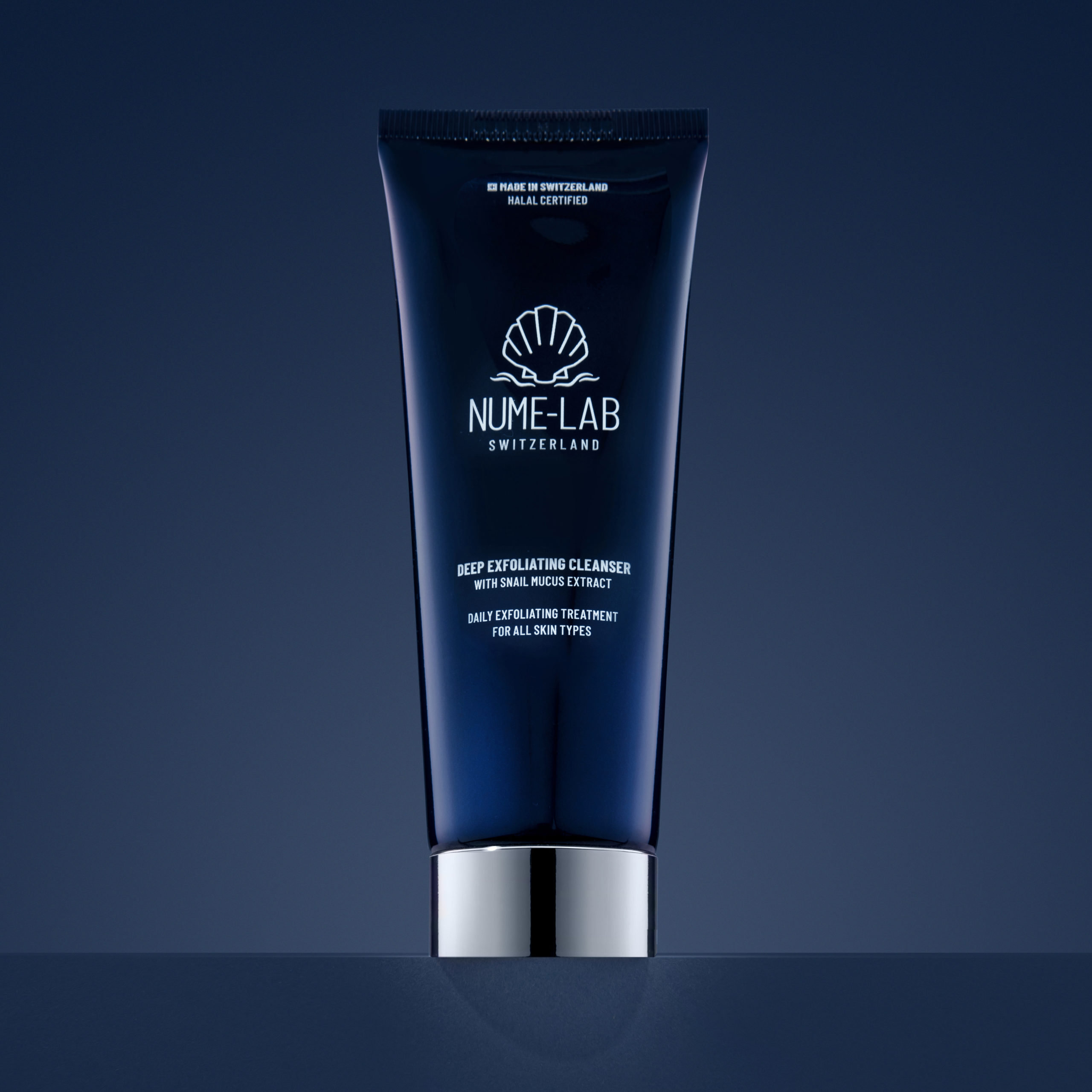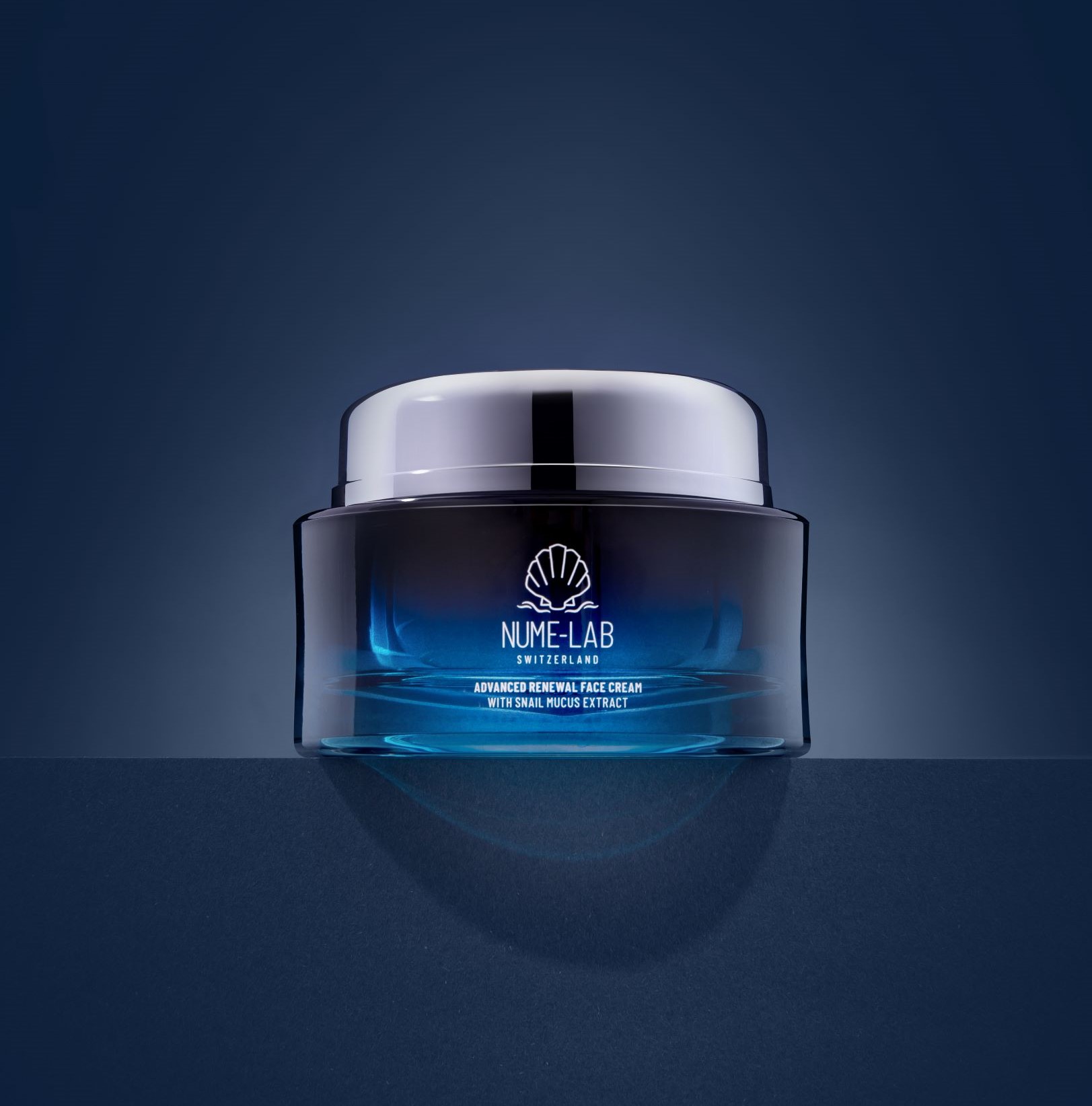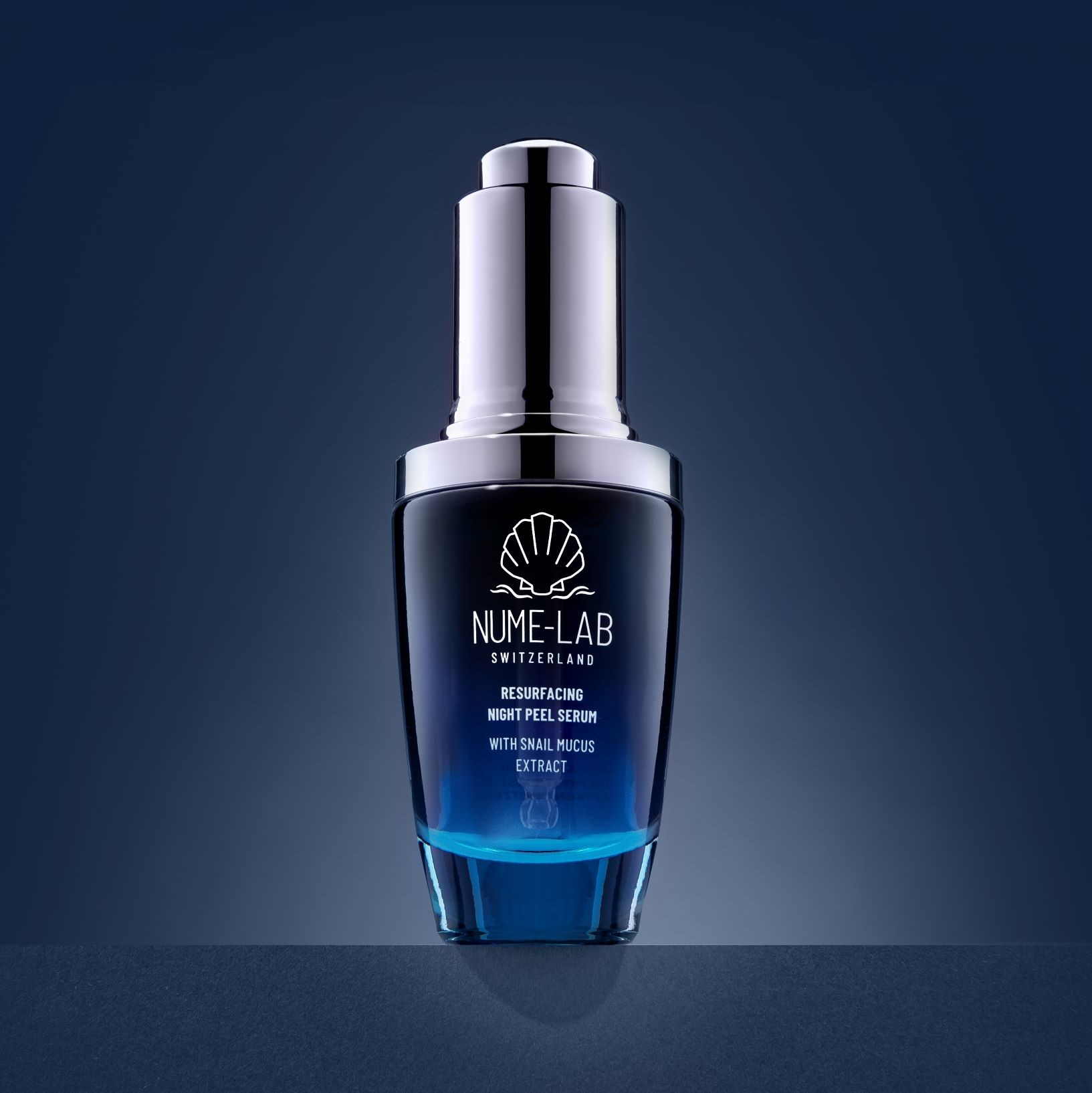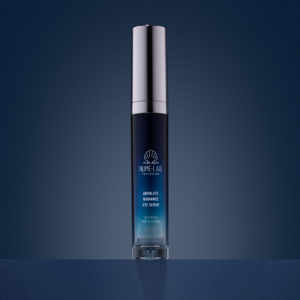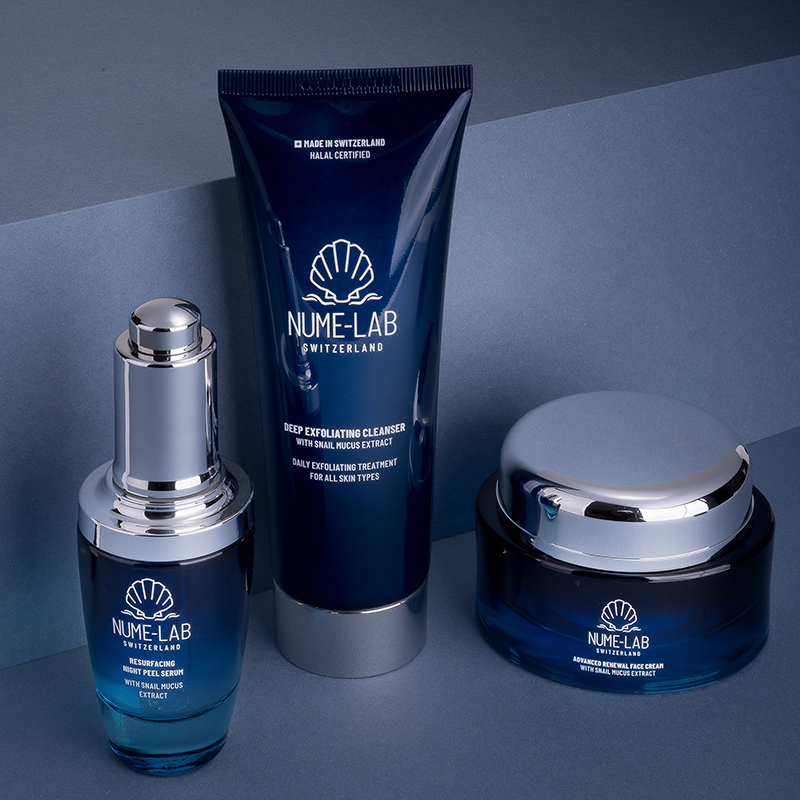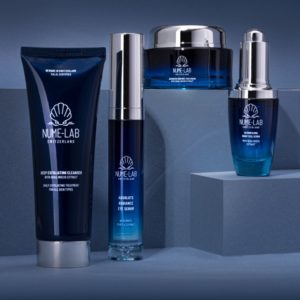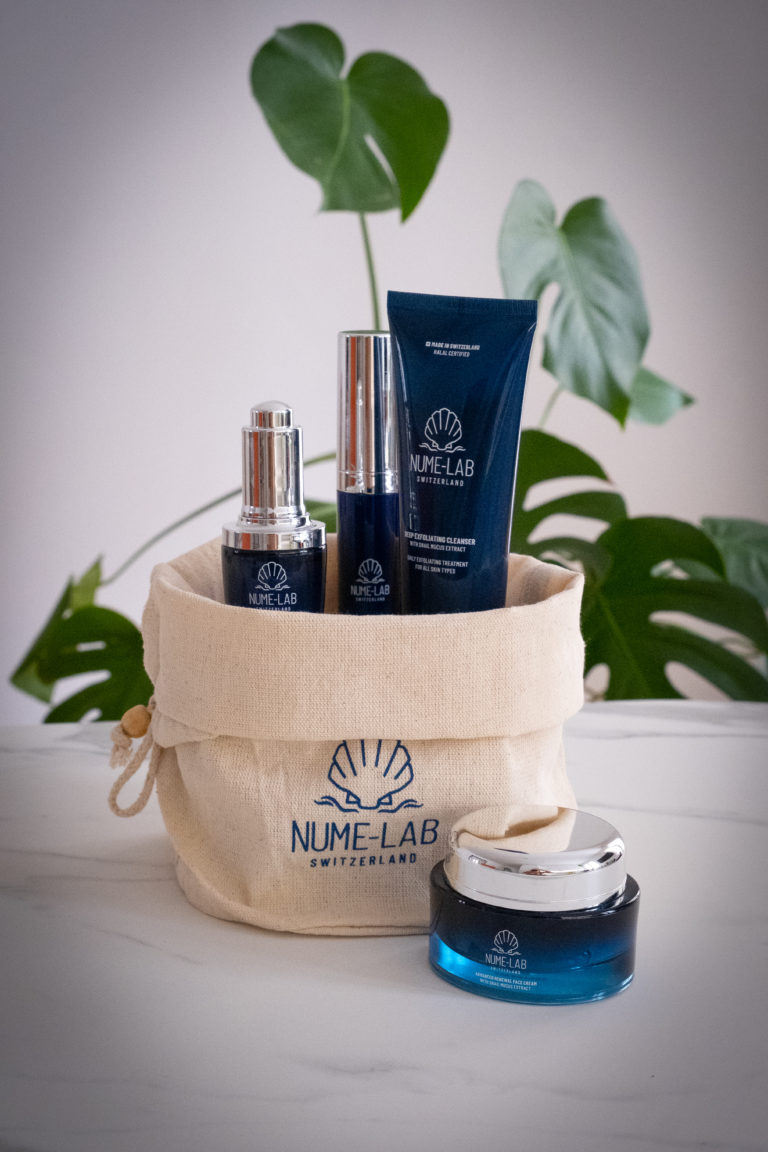
Is Purging Good for Acne-Prone Skin? by NUME-Lab Switzerland
Wondering if purging is good for acne-prone skin? Not sure if your skin is purging or if you’re having an acne breakout?
When seeking solutions for clearer skin, many acne sufferers come across the term “purging.” Purging refers to the temporary worsening of acne when starting a new skincare product or treatment. While it may sound alarming, purging is often considered a necessary phase in the journey to healthier skin.
However, the question remains: Is purging truly beneficial for acne-prone skin, or is it an obstacle that hinders progress?
Table of Contents
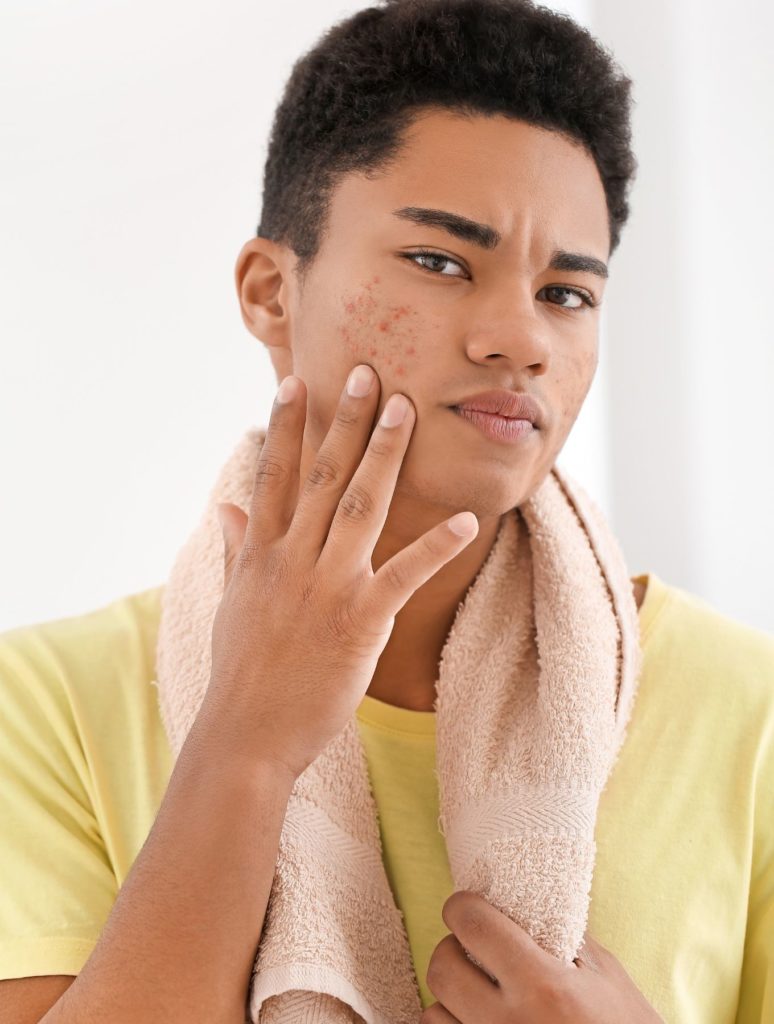
What Is Skin Purging?
When you start using a new skincare product or brand, your skin goes through a process called purging. During this process, your skin eliminates toxins and impurities.
The main culprits for causing purging are cosmetic products containing active ingredients that exfoliate and accelerate the turnover of skin cells. These products make impurities come to the surface faster, resulting in what may appear as an acne breakout but is actually your skin purging.
Although it can be frustrating, purging is an essential step for your skin to reveal a healthy layer that is free from damage. In simpler terms, things may seem worse before they get better as your skin undergoes this necessary transformation.
How Is Skin Purging Different than a Breakout?
Skin purging vs. breakouts may appear similar at first glance, but there are key differences between the two:
- Timing: Skin purging typically occurs shortly after starting a new skincare product or regimen with exfoliating actives. On the other hand, a breakout can happen at any time and is not necessarily associated with the introduction of new products.
- Location: Skin purging tends to occur in areas where you commonly experience breakouts. This is because the purging process accelerates the turnover of skin cells, bringing underlying impurities to the surface. Breakouts, however, can appear in various areas of the face, regardless of prior acne-prone areas.
- Duration: Skin purging is usually short-lived and resolves itself within a few weeks as your skin adjusts to the new product. Breakouts, on the other hand, can persist for longer and may require specific treatments to clear up.
- Type of Blemishes: Skin purging often manifests as small, superficial blemishes like whiteheads or blackheads. These blemishes are a result of accelerated cell turnover. Unlike purging, acne can be more severe and appear in the form of papules, pustules, cysts, or nodules.
Scarring: After purging, the skin should look healthier. The types of blemishes that occur during purging won’t leave scars. In the case of acne, however, the skin will be left with visible marks, dark spots, scarring, or discoloration. Use ingredients like Glycolic Acid, Niacinamide, Snail Mucin to treat it.
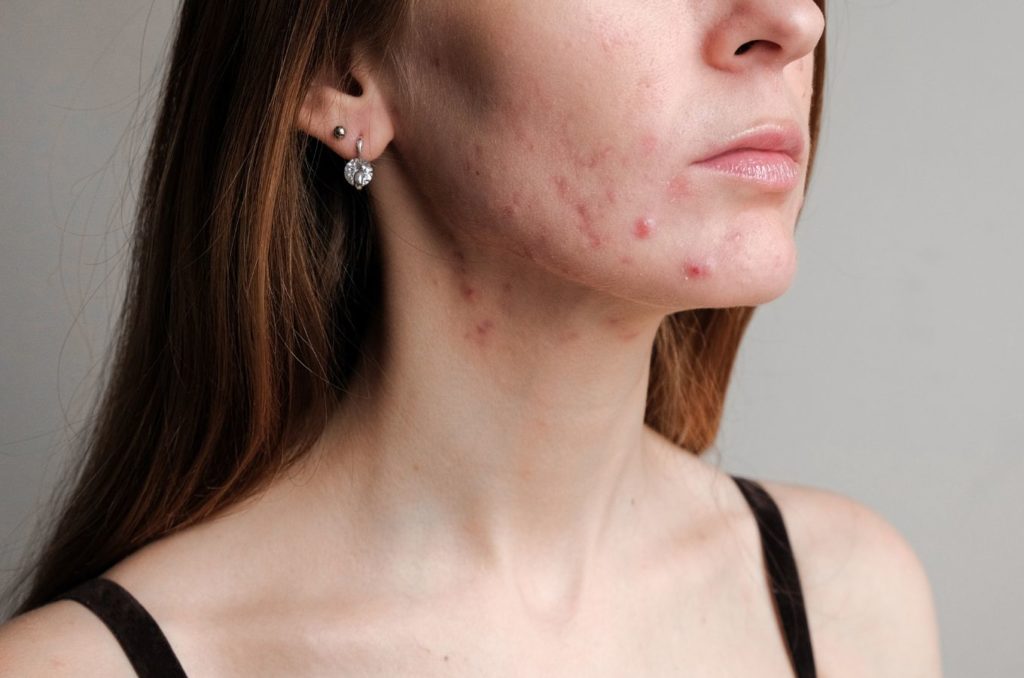
What Types of Ingredients Cause Purging?
Skin purging is not solely determined by the type of product used, but rather by the active ingredients it contains. Specifically, leave-on products tend to be more associated with purging compared to washable products such as cleansers.
However, it is important to note that not all leave-on moisturizers and serums will trigger purging. Only those with specific skincare ingredients are likely to cause this effect. For instance:
- AHAs (glycolic acid, citric acid, lactic acid, tartaric acid, malic acid);
- BHAs (salicylic acid, beta hydroxybutanoic acid, tropic acid, trethocanic acid);
- Retinoids (retinol, vitamin A, tretinoin, adapalene, etc.);
- Benzoyl peroxide;
- Vitamin C;
- Fruit acids and enzymes;
- Mechanical or physical exfoliants;
- Azelaic acid;
Is Purging Good for Acne?
Yes, purging can be beneficial for acne, although it may initially worsen the condition. The purpose of skin purging is to accelerate the clearing of clogged pores and stimulate skin renewal. By expediting the turnover of skin cells, purging helps to remove trapped debris, excess sebum, and dead skin cells that contribute to acne formation.
However, it’s important to distinguish between purging and an adverse reaction. If the acne worsens significantly or persists for an extended period beyond the purging phase, it may indicate that the product is not suitable for your skin or is exacerbating the condition.
How Long Should Your Skin Purge?
The duration of skin purging can vary from person to person since it depends on several factors, including the individual’s skin type, the specific product being used, and the severity of underlying congestion. However, most dermatologists agree on a time frame between 4 and 6 weeks.
If your skin purging persists much longer than this, it might be worth reassessing the new products you’re using and consulting a dermatologist to ensure it’s not a side effect from one of the products.
How to Minimize Purging on Acne-Prone Skin?
If you use exfoliating or stimulating ingredients, it won’t be possible to prevent purging altogether. However, there are several things that can help you minimize it:
Gradually introduce new products:
When starting a new skincare product or treatment, introduce it gradually into your routine. Start by using it every other day or a few times a week, and then gradually increase the frequency as your skin adjusts. This approach allows your skin to adapt to the product more gently, potentially reducing the risk of excessive purging.
2
Use clean beauty skincare:
We recommend using quality products that don’t contain any toxic or harmful ingredients. This will ensure that your purging isn’t in fact an adverse effect of a product.
3
Patch test new products:
Before applying a new product all over your face, conduct a patch test on a small area of your skin, such as behind your ear or on your jawline. This helps determine if your skin reacts negatively to the product.
4
Stick to a consistent routine:
Consistency is key when it comes to acne-prone skin. Stick to a regular skincare routine that includes gentle cleansing, exfoliating (if appropriate for your skin type), moisturizing, and using acne-fighting treatments. Consistency can help regulate your skin’s oil production and reduce the chances of triggering purging.
5
Avoid over-exfoliation:
Exfoliation can be beneficial for acne-prone skin as it helps remove dead skin cells and unclog pores. However, excessive exfoliation can irritate the skin and lead to more breakouts. Limit exfoliation to 1-2 times a week and use gentle exfoliants suitable for your skin type.
6
Use Ingredients that Reduces Inflammation
For example Snail mucin extract is a natural anti-inflammatory and perfect for acne-prone skin, as it has antibacterial, and antimicrobial agents. These properties make it a great solution for inflammatory acne and other conditions or sensitivities that result in skin imperfections like redness and puffiness.
7
Be patient:
It’s important to remember that purging is a temporary phase that usually lasts a few weeks. During this time, your skin is adjusting to the new product or treatment. Stay patient and continue with your skincare routine as directed. With time, the purging should subside, and you can start reaping the benefits of the new products.
Wrapping Up
Purging is a natural response of the skin when it undergoes a period of adjustment to new skincare products or treatments. While it can be disheartening to experience a temporary worsening of acne during this phase, purging can ultimately lead to clearer and healthier skin in the long run.
The key lies in understanding the underlying causes of purging and distinguishing it from an adverse reaction.
Ultimately, while purging may cause a temporary setback in the pursuit of clearer skin, understanding its purpose and taking the appropriate measures can help you navigate this phase more effectively.


